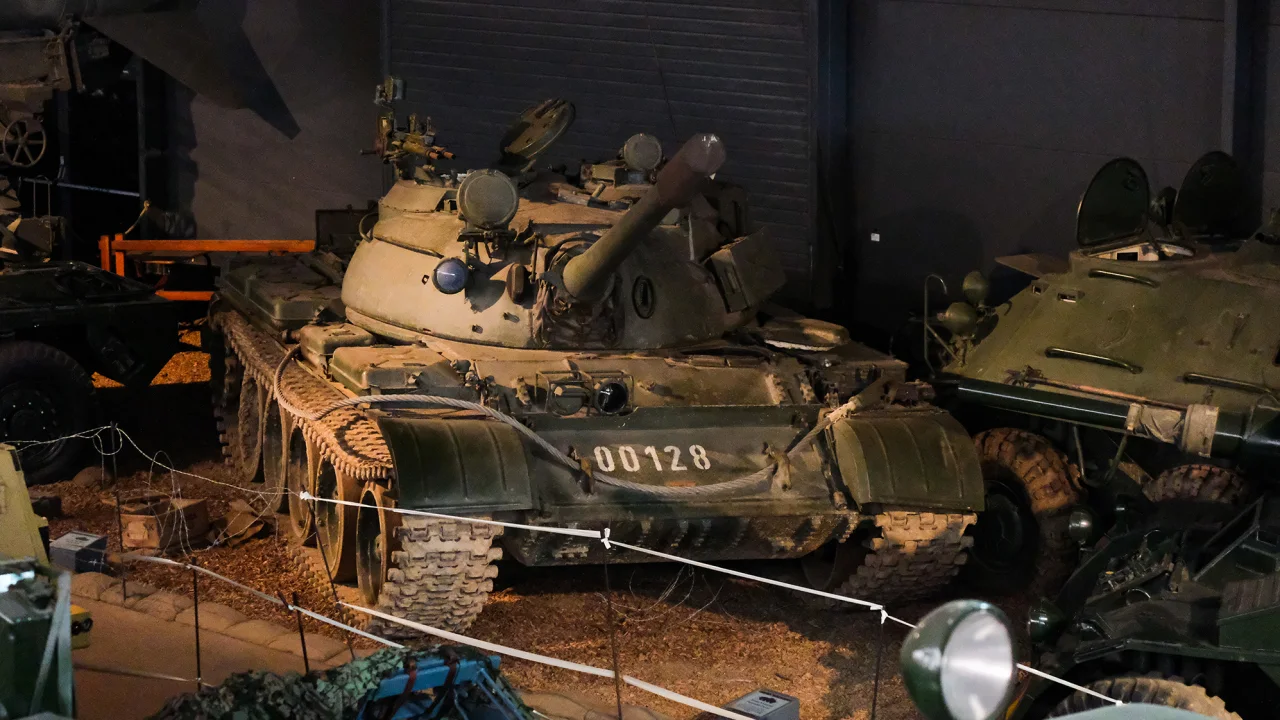
T-55 tank on display at the Museum in Duxford, Cambridge, England. Photo: Vasco Cotovio/CNN.
The video, posted in late March, shows Soviet-era tanks being moved across Russian soil. Moscow has a long history of moving old military equipment from warehouses to the battlefields in Ukraine, but this case is somewhat different.
These are T-55 tanks, a model designed and produced for the Soviet Red Army in 1948, just a short time after the end of World War II.
They are relatively old and can be found in museums.
“This was the first main battle tank used by the Soviet Union during the Cold War,” historian John Delaney, senior curator at the Imperial War Museum (IWM) in Duxford, Cambridge, told CNN.
“Up until then, nations had used three distinct types of tanks, light, medium and heavy, and each had a specific role on the battlefield. From the mid-1950s onwards, they began to think about a tank that could perform multiple roles, and that led to the main battle tank,” said John Delaney.
For the Soviet Red Army, that tank was the T-55, in its many variants. It would become the most widely produced tank in the world, with over 100,000 produced. Cheap, durable, easy to use and maintain, it was the preferred choice of armies from Egypt to China to Sudan, where it is still in service today.
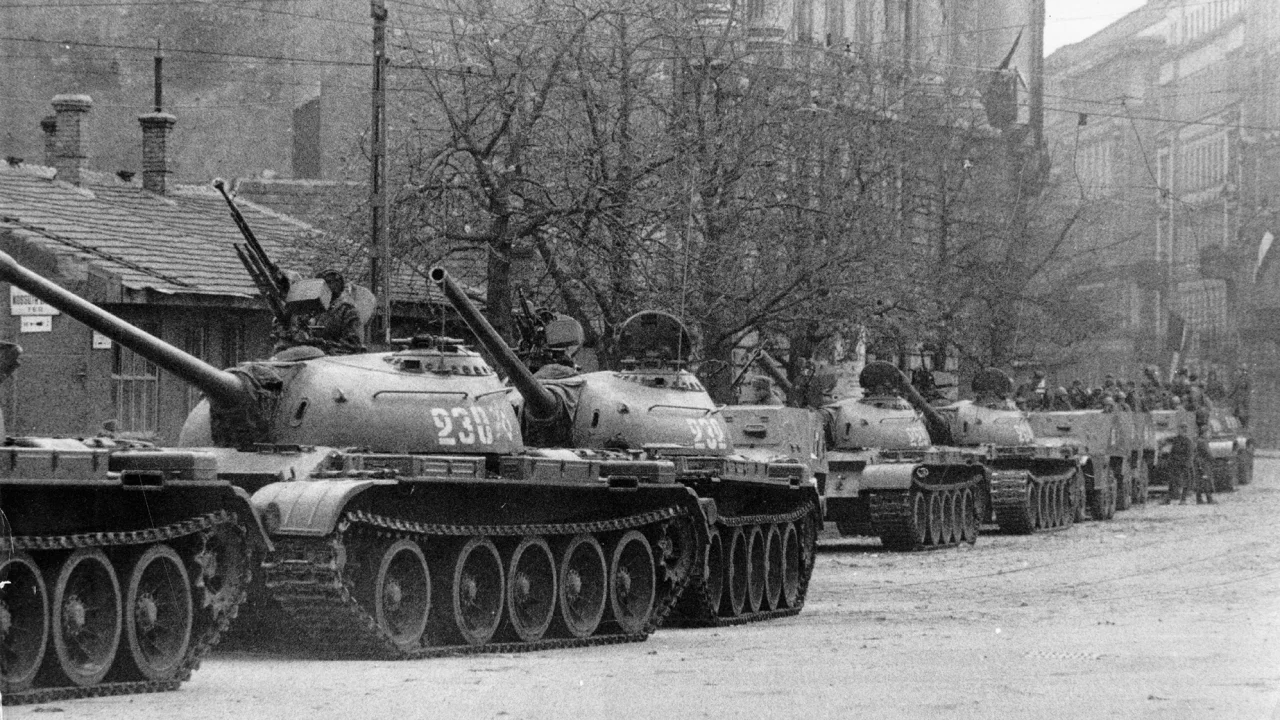
T-54/T-55s lined up in front of the Hungarian Parliament building on November 12, 1956. Photo: Jack Esten/Picture Post/Getty Images.
In Eastern Europe, the vehicle was used to quell uprisings in former Warsaw Pact countries; it rolled through the streets of Hungary in 1956, and then in Prague, the capital of Czechoslovakia, in 1968.
However, in the following decades, during the Saudi Arabia-Israel conflict and then the Gulf War, the T-55 was no match for Western-made tanks.
“During the first Gulf War in 1991, British and American tanks knocked out Iraqi T-55s from a distance of 23km,” said Mr. Delaney.
The version on display at the Imperial War Museum was built in the 1960s and belonged to the East German army. The tank was brought to the museum after German reunification and Berlin switched to NATO standard tanks such as the Leopard 1 and Leopard 2 and phased out obsolete Soviet equipment.
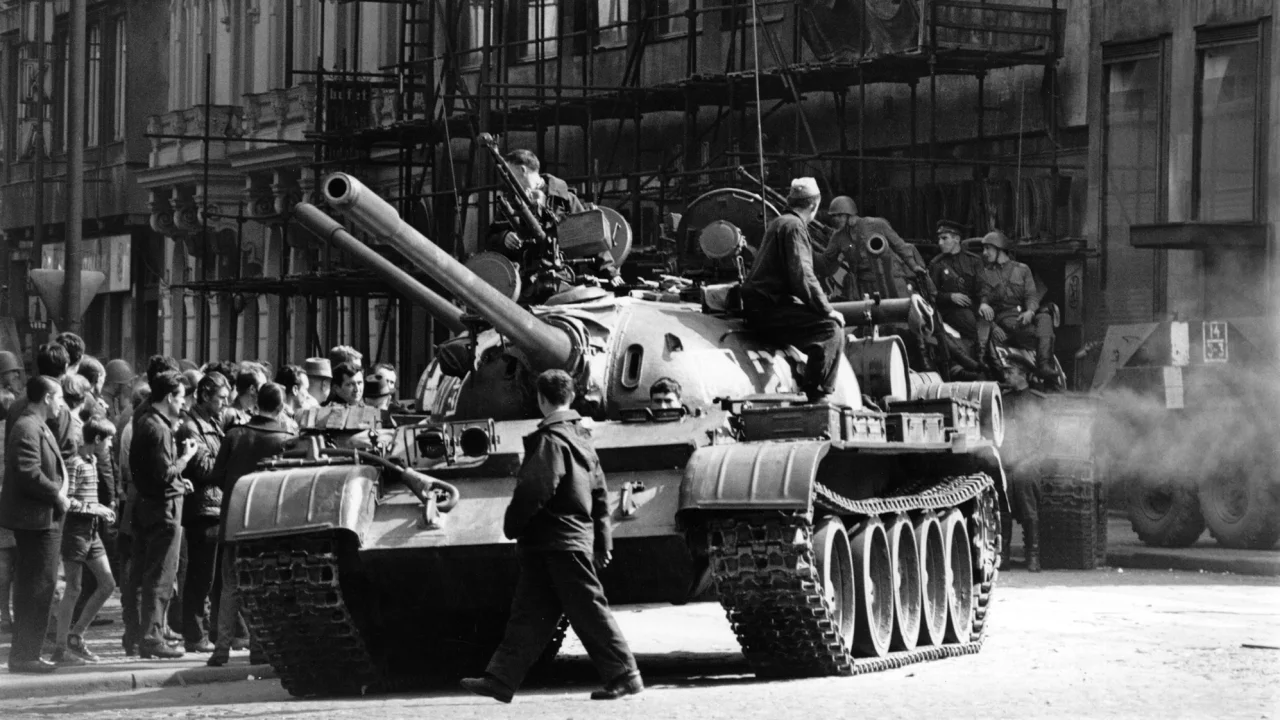
T-55 tanks on the streets of Prague, the capital of Czechoslovakia, 1968. Photo: Reg Lancaster/Hulton Archive/Getty Images.
By the time Russia began decommissioning its T-55 tanks in the 1980s, the number was still at 28,000, and they were being stored in reserve rather than dismantled, Mr. Delaney said.
“The Soviet Union never threw anything away. There must still be a large number of these tanks sitting in warehouses waiting to be refurbished,” he explained.
Russia appears to be doing just that.
From warehouse to battlefield
Satellite images show Russia has removed a number of tanks from a military base in Arsenyev, in eastern Russia. The images show the tanks stored at the base are T-55 models.
“They’ve been sitting here for a decade or more,” Delaney said. “They’re going to need quite a bit of work before they can be brought back into operational condition.”
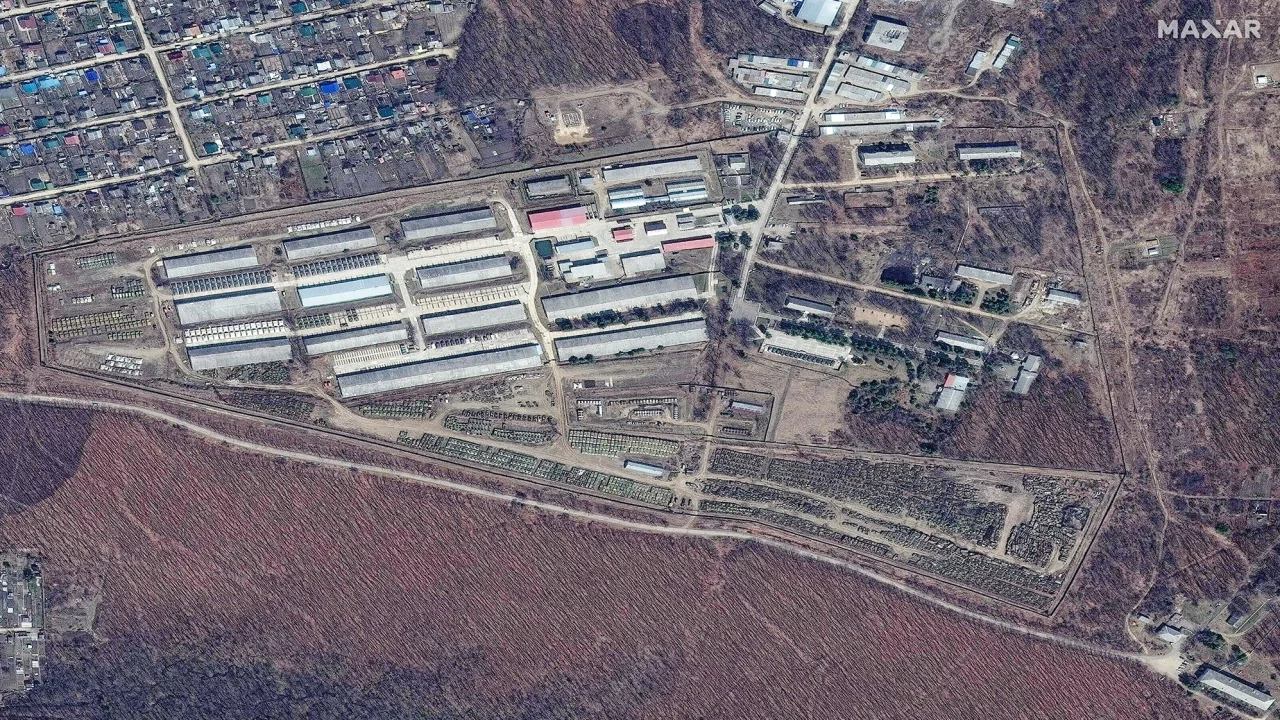
Satellite image from Maxar Technologies shows a tank depot in Arsenyev before Russia's war in Ukraine, April 22, 2021. Photo: Maxar Technologies.
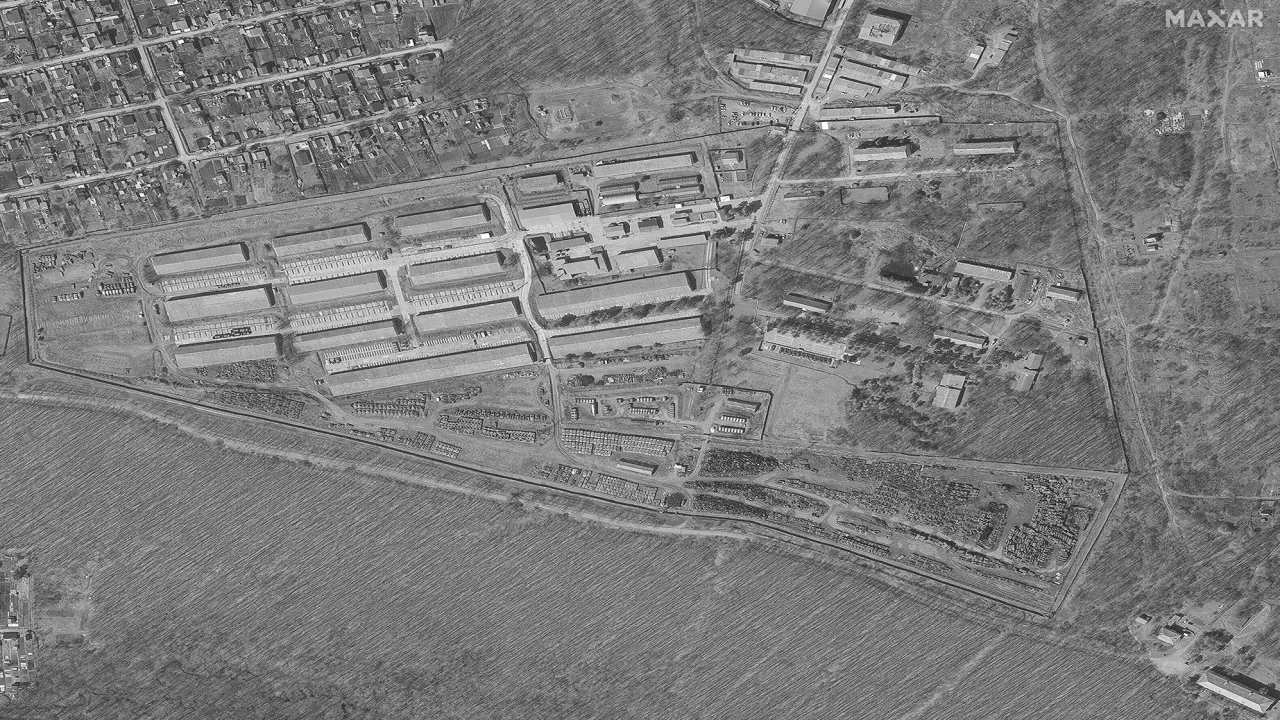
A second satellite image of the same location taken on April 21, 2023. Photo: Maxar Technologies.
After video of a convoy of tanks appeared on social media in late March, the Conflict Intelligence Team (CIT), a volunteer group that uses open-source intelligence to investigate conflicts in Ukraine and Syria, was the first to report that T-54/55s were being removed from storage in Arsenyev.
Western officials later told CNN in April that they had seen the older tank model appearing near the front line.
Russia has not confirmed the deployment of the T-55 to the front lines. The Russian Defense Ministry did not respond to CNN's request for comment. However, in recent weeks, pro-Russian bloggers have shared images of the tanks, allegedly taken in Russian-controlled territories in Ukraine.
“Overall, Russia has lost so much military hardware that it is difficult for them to build new hardware,” said Robert Lee, a former US Marine and senior fellow at the US-based Foreign Policy Research Institute.
“They are producing some new tanks, they are still producing T-90s. But in the current situation, Russia needs more equipment than it can produce, so Moscow still has to rely on old tanks to compensate,” said Robert Lee.
“Easier to use” for conscripts
Robert Lee, who has followed the war in Ukraine from the beginning and visited the front lines in eastern Ukraine, said the use of the T-55 would be limited in scope.
“Initially, the T-55 tanks will probably be used in areas behind the front lines. They won’t necessarily bring the tanks close to the front lines, but will deploy long-range shelling,” said Robert Lee.
If that is Russia's goal, Mr. Delaney said, the T-55 would still be useful.
“If they wanted to avoid direct confrontations between tanks, one option they could take would be to consolidate their defensive positions, put them in tank pits so that only the turret is visible to the enemy, and from there they could use them to defend the front line against counterattacks. They would be effective in static defensive positions,” said Robert Lee.
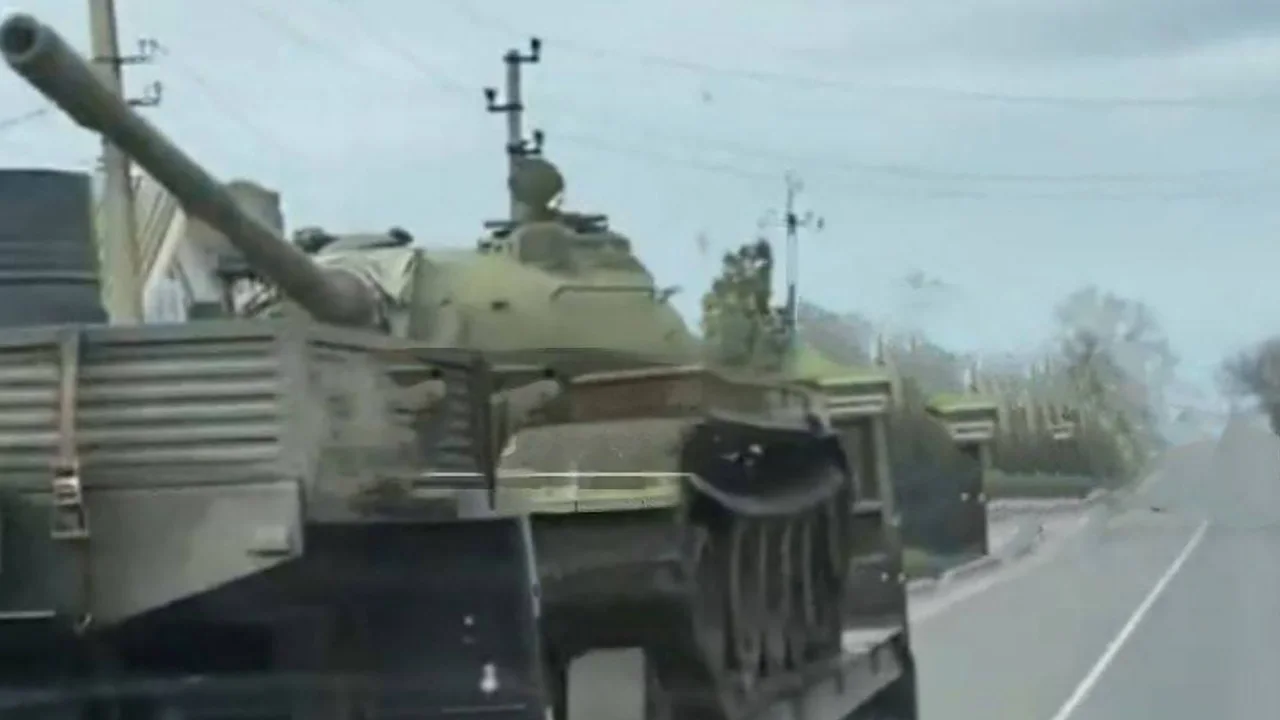
A photo on social media shows a T-55 tank in Ukraine's Zaporizhzhia region.
As Russian forces prepare to face a Ukrainian counteroffensive, Moscow will have to rely on conscripts.
For untrained soldiers, the T-55 offered something modern tanks could not: ease of use.
“In a military with a lot of new recruits, as is the case with the Russian military, this tank would be easier to use and train faster than modern main battle tanks,” said Delaney.
“They can be maintained very easily by a military force with a lot of new recruits, which is what they want, they want a tank that can be easily operated.”
Ukraine also has a version of the T-55, the M-55, with 28 deeply modernized vehicles supplied by Slovenia.
As Ukraine prepares for an offensive, Russia has dug in and fortified its defensive positions. Satellite images show large defensive lines being built by Moscow across the territory it controls.
Mr. Robert Lee said that a successful counter-offensive campaign would depend largely on Ukrainian intelligence finding Russia's weak points to penetrate.
“It is not impossible, but Ukraine must find the weakest points in the defense line to be able to penetrate,” he said.
And that's where NATO tanks, more modern, more advanced, with better armor protection, longer range and greater mobility, can shine, especially when facing older Soviet equipment.
Nguyen Quang Minh (according to CNN)
Source






























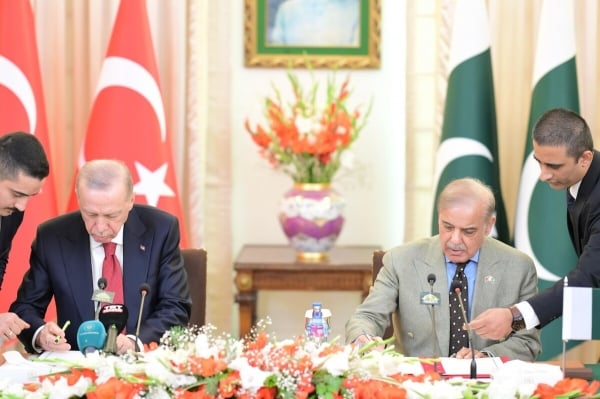

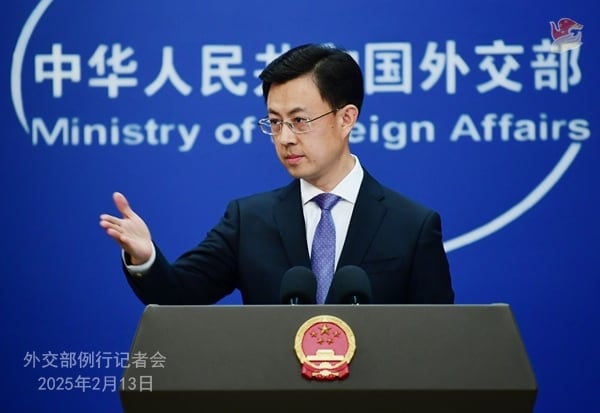
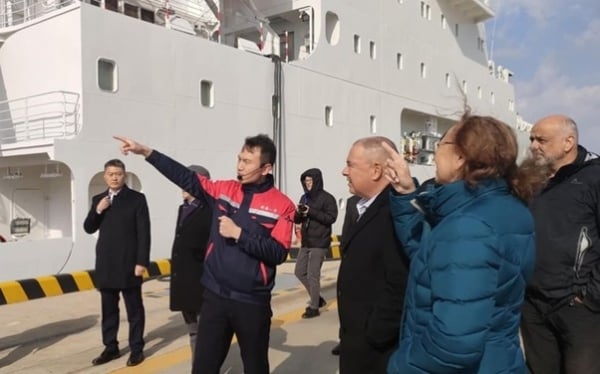
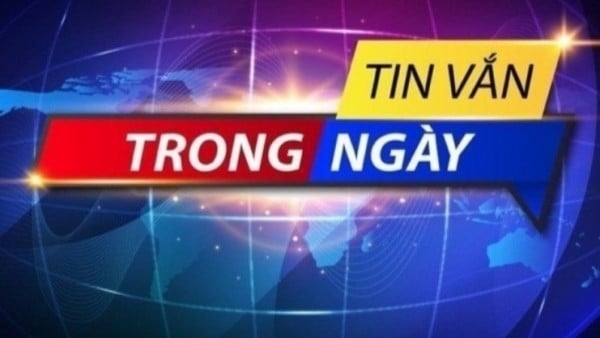
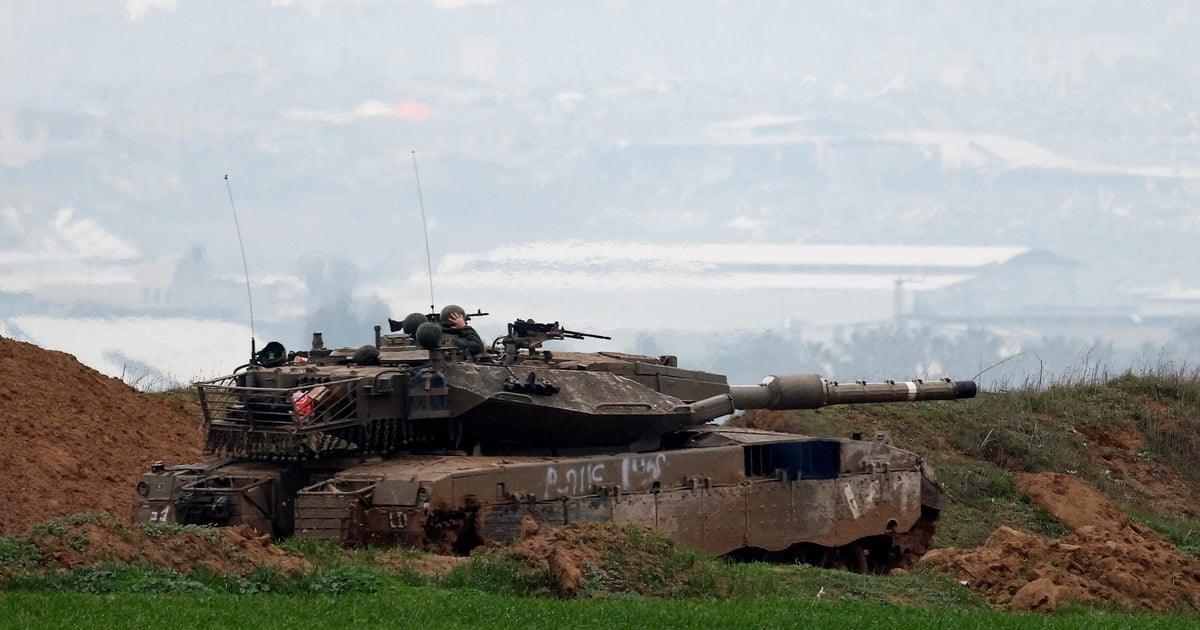

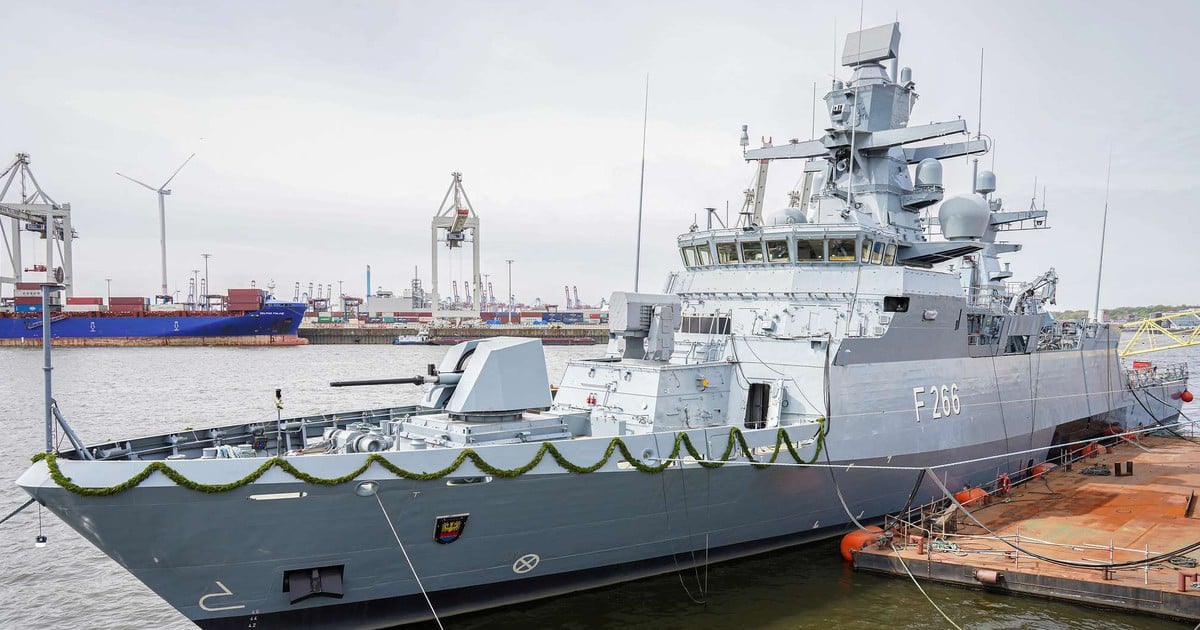


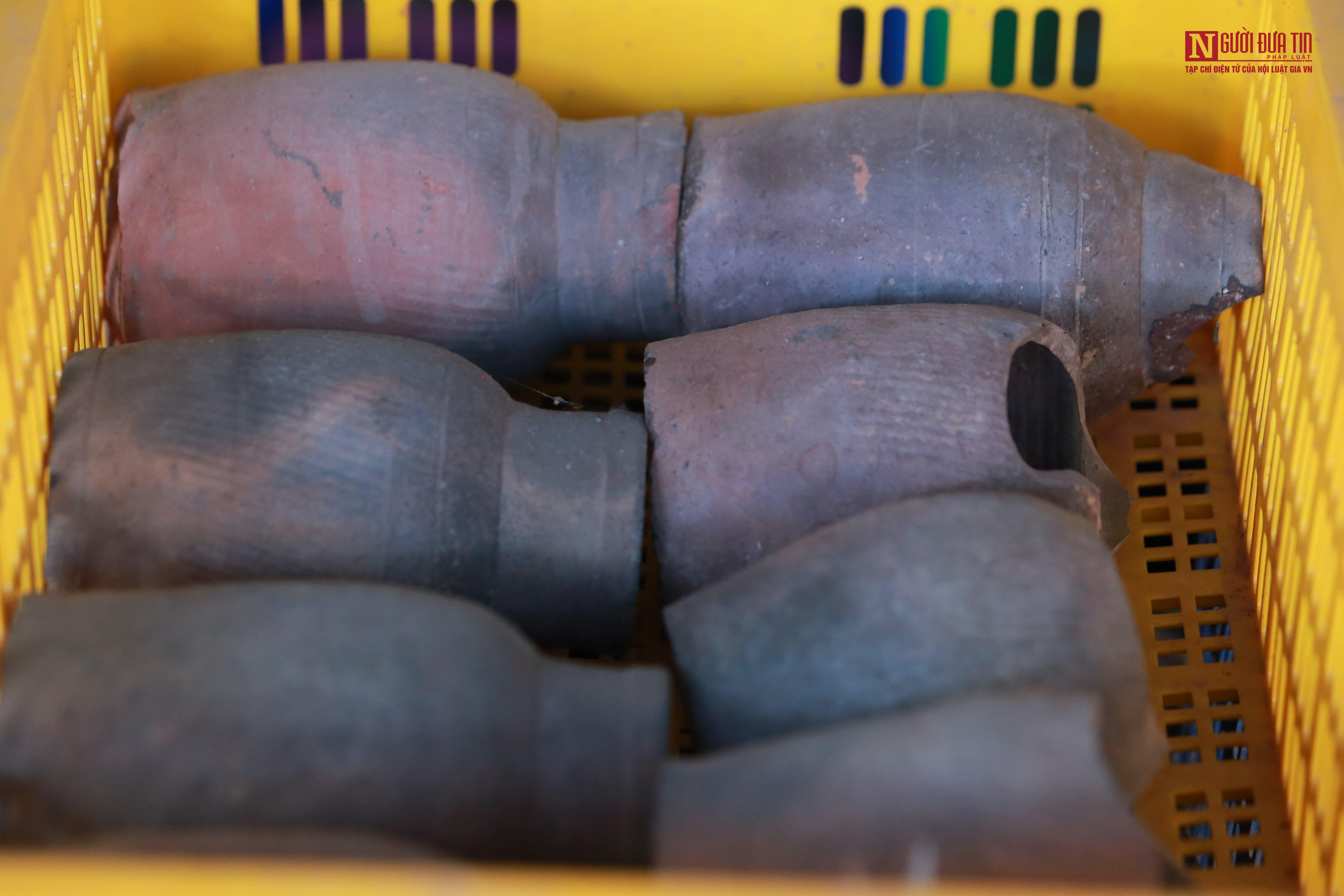
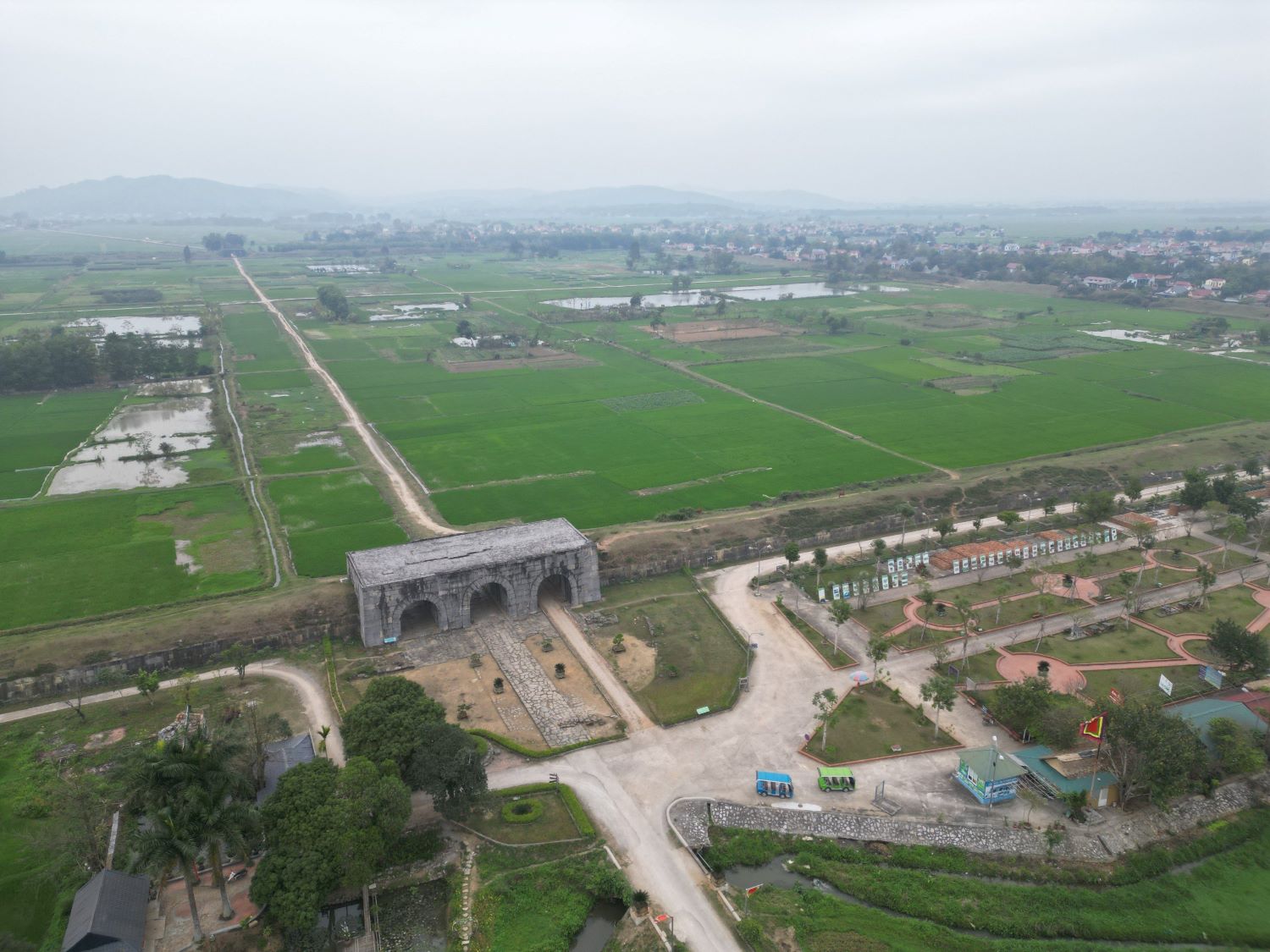
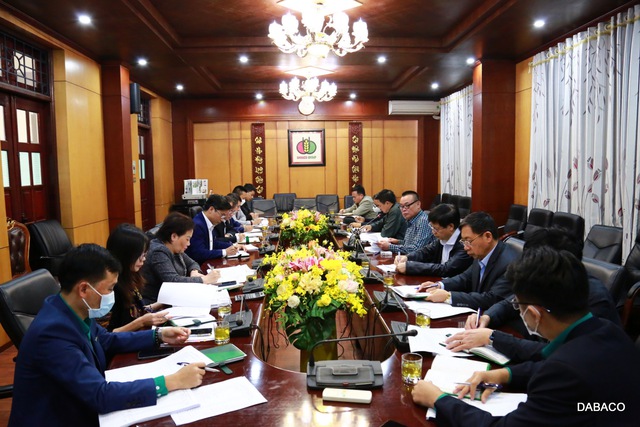















Comment (0)